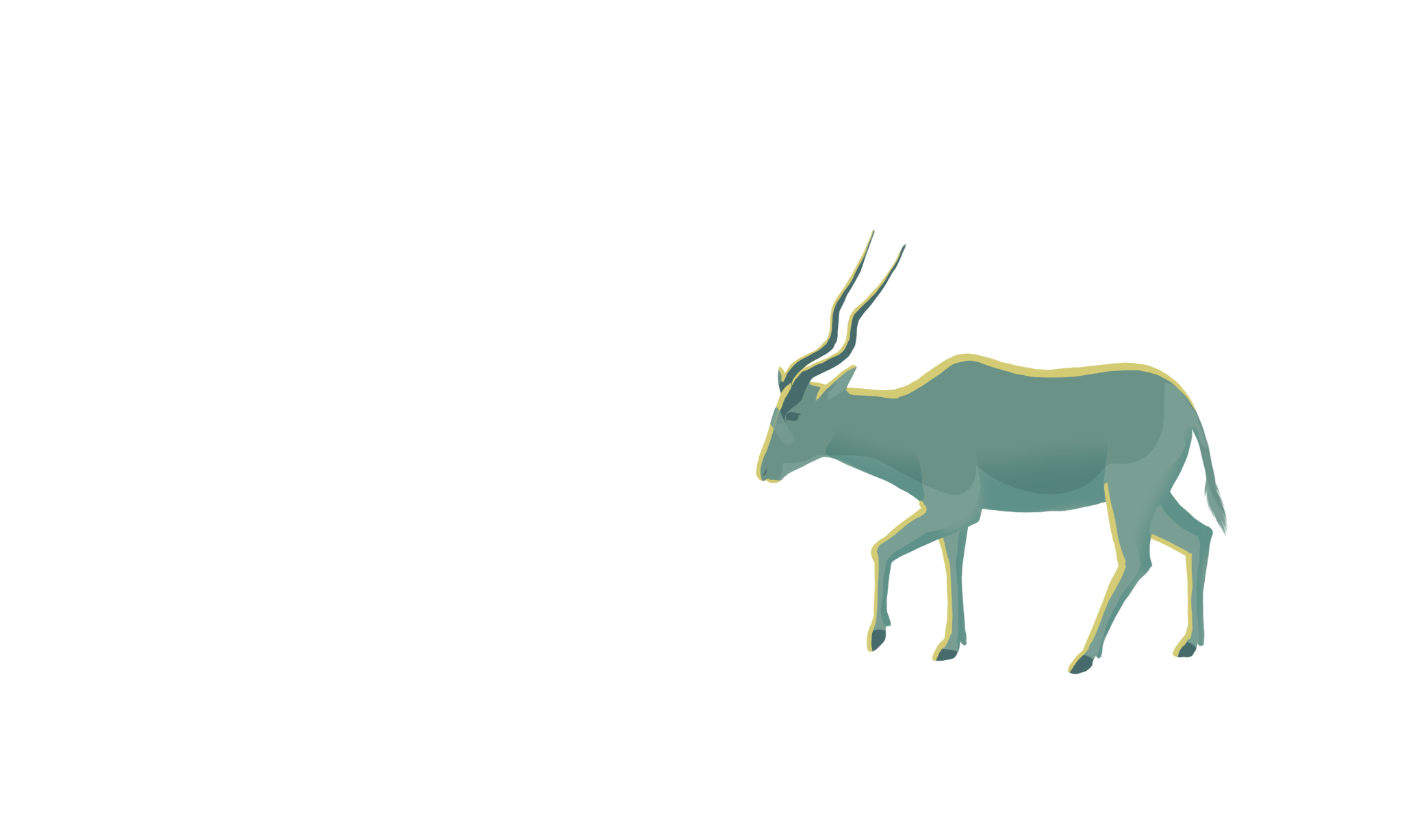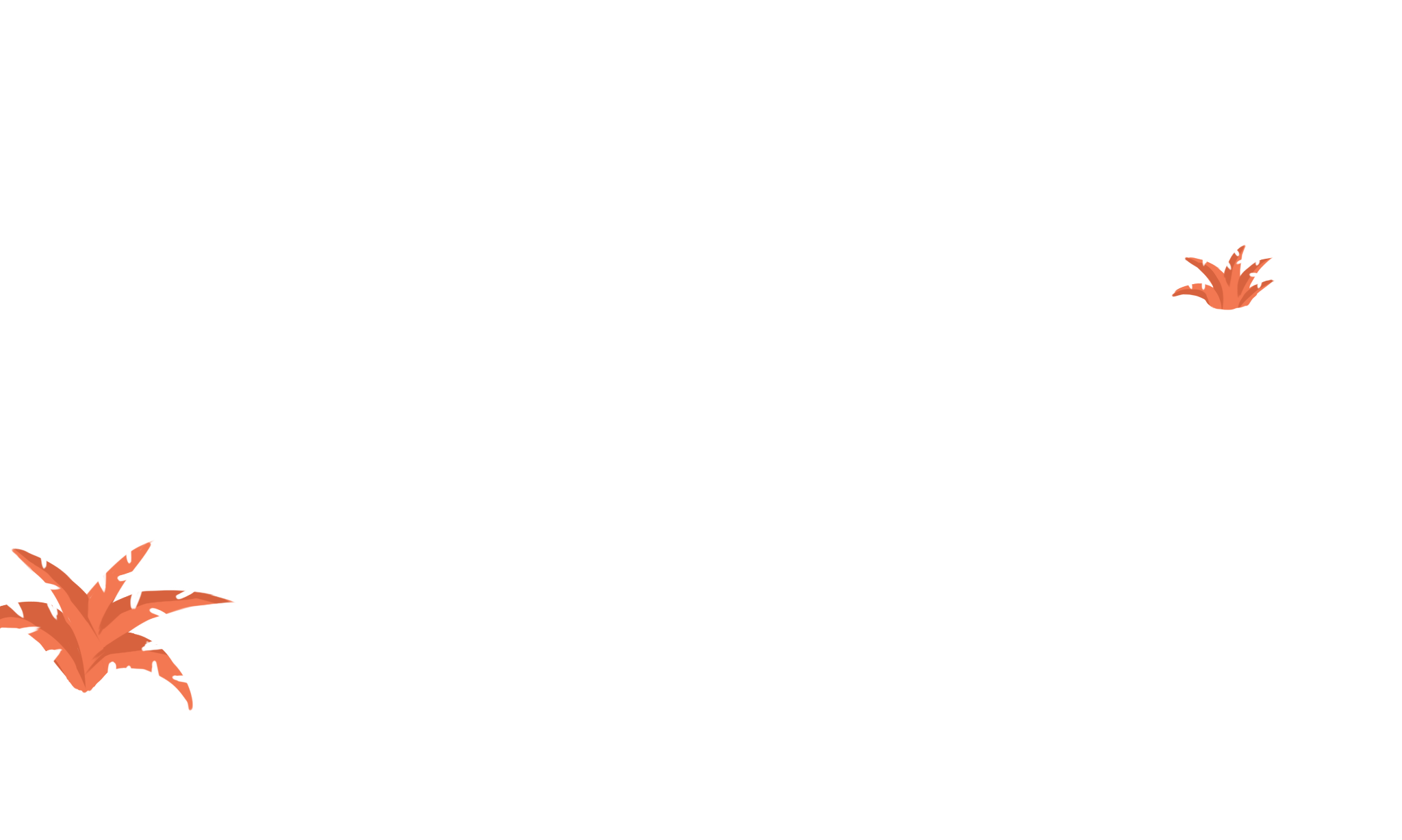






You might not see the addax,
it’s rare in its old home.
But safe in zoos around the world,
thousands of them roam.
IUCN, 2018
CE
Critically Endangered
Wild Population
Key Threat
Poaching
The addax is a stunning antelope native to the deserts of northern Africa. Adapted to life in such warm environments, addax are most active at night, choosing to rest under shade in the day. Like many other desert animals, they get almost all the water they need from their food. They also possess stomach pouches which allow them to store water during dry months. These adaptations make the addax very well-suited to a life in a desert environment.
One of the most striking features of the addax is its long, spiralling horns. Unfortunately, the species has been over-hunted for its horns since the 1800s. This has led to dramatic population declines and the extinction of the species from many countries where it was once common. Political instability in northern Africa has also meant that poaching has continued unnoticed in recent years. In the few nations where the addax continues to hang on, the search for oil has been prioritised over conservation efforts, and caused disturbance to the habitat of the last remaining populations.
The total wild population is difficult to estimate, but according to the IUCN there are now probably less than 100 individuals. Their numbers are still declining and there may be as few as 30 mature addax remaining. It is very likely that the addax will soon become extinct in the wild. Until the serious threats of poaching can be managed, maintaining a healthy population of addax in zoos is our best chance to ensure the species can remain for years to come. Currently, over 600 addax are held in zoos as part of captive breeding programs and another thousand or so in managed herds. Combined, these captive groups represent 97% of all addax currently alive today.



Range & Habitat
The addax once lived in herds across the Sahara Desert of northern Africa, relying on sparse dry pastures for food. Wild addax populations are now less than 1% of what they once were, restricted to the nations of Chad, Niger, and, possibly, Mauritania. Three additional populations have been reintroduced into Morocco and Tunisia from zoo-bred herds, but it is unclear whether these herds will survive long-term.
How Can I Help?
A number of zoos around the world are involved in addax conservation, including the Saint Louis Zoo in Missouri and the Fossil Rim Wildlife Center in Texas. You can visit these zoos or support the conservation efforts of the Sahara Conservation Fund, who protect addax and their habitat in the wild. Click on the button below to find out more!
